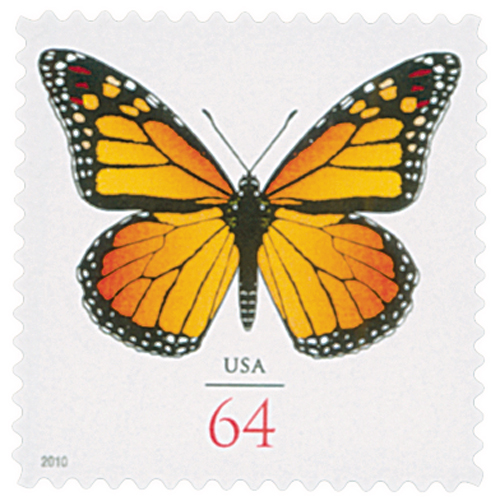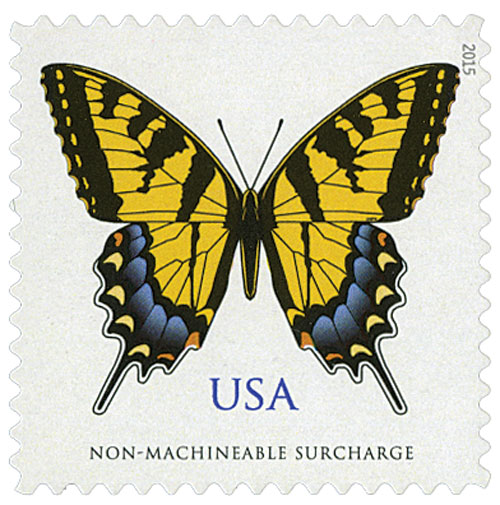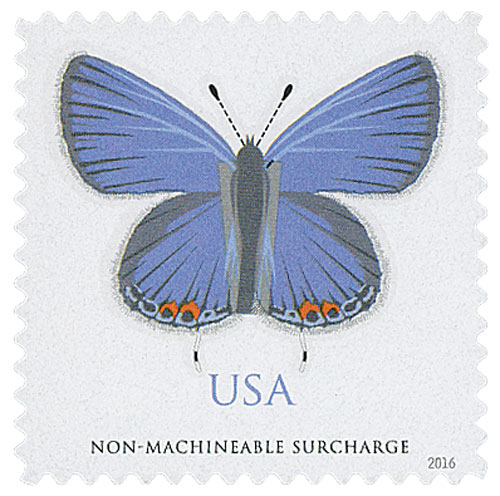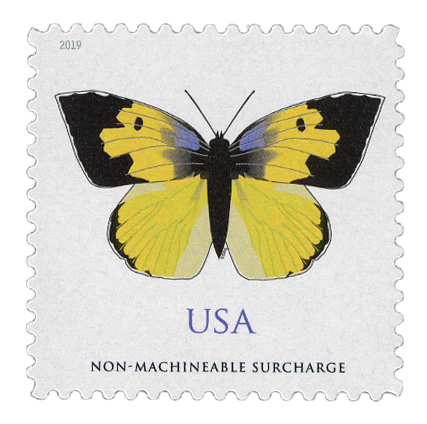
Eastern tailed-blues are one of North America’s most boldly colored species of butterfly. They have small, thin tails and a wingspan of about an inch. Male butterflies are iridescent blue on the inside of their wings while females are a lighter blue, brown, or gray. Both sexes have two or three orange spots on their bottom wings and are bluish-white on the outside of their wings.
Like other butterflies in the Lycaenidae family, the eastern tailed-blue has a mutually beneficial relationship with ants. As a caterpillar, it eats buds, flowers, and seeds, and secretes a substance called honeydew. This sugary liquid attracts ants that protect the caterpillar from predators. Sometimes the ants will defend the caterpillar even after it pupates.
Adult eastern tailed-blue butterflies like open areas with plenty of light. They drink nectar from the flowers of plants such as sweet clover and wild strawberry. The eastern tailed-blues can be seen perching on leaves or stems to bask in the sun. Unlike most butterflies, which keep their wings closed while resting, eastern tailed-blues rest them at a 45 degree angle.
Eastern tailed-blue butterflies used to only be found in eastern North America, but can now be admired in new areas – like California. Its adaptability means this vibrant butterfly will be around for many years to come.
Butterfly Series
In late 2009, the USPS unveiled the first butterfly stamp for greeting card envelopes that required additional postage (an extra 20¢) than the standard one-ounce rate covered. This would apply to envelopes that couldn’t be sorted on the USPS’s automated equipment, otherwise known as “nonmachinable.”
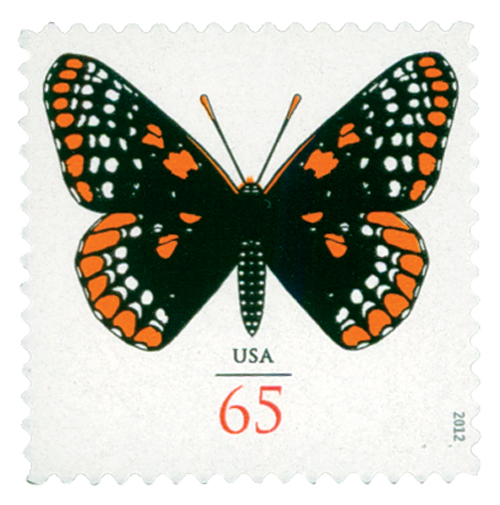
Some of these nonmachinable envelopes include those that are oddly-shaped or vertical, lumpy, rigid, or with clasps, ribbons, or buttons on them. Even if an envelope weighed less than one ounce, but was unmachinable, it would need this stamp. However, letters that were simply heavy didn’t necessarily need it. The two-ounce rate at the time was 61¢, and this stamp was 64¢, so they would be overpaying by 3¢ if they used it.
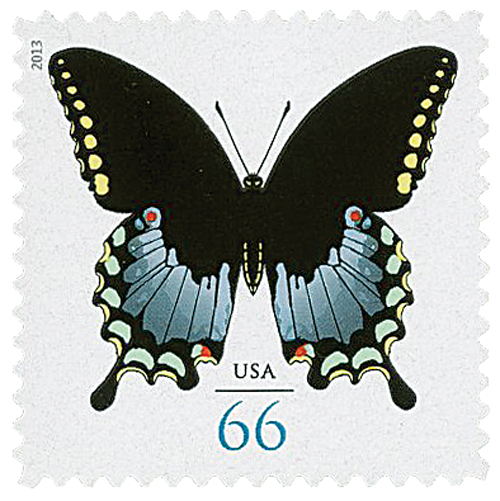
The USPS worked closely with the greeting card industry on this new stamp. Prior to this issue, some greeting card envelopes would be imprinted with “extra postage required.” With the creation of this new stamp, the Greeting Card Association encouraged its members to print a butterfly silhouette on the envelopes of cards that would require this additional postage. Reflecting this close working relationship, the 64¢ monarch butterfly stamp was issued on May 17, 2010, at the National Stationery Show held at the Jacob Javits Center in New York.

The monarch stamp remained in use for two years, being replaced by the Baltimore checkerspot butterfly stamp in 2012 when the nonmachinable rate increased to 65¢. New stamps were issued each year through 2016. The 2015 and 2016 followed the Forever format, in printing “non-machinable surcharge” on the stamp, rather than the actual denomination.
The California dogface butterfly stamp was initially announced in 2016 and expected for a 2017 release. However, the USPS said that they had designed the stamp, but wouldn’t produce it until supplies of existing butterfly stamps were nearly depleted. So that stamp wasn’t issued until 2019.
Click here to view lots more US and worldwide butterfly stamps.



